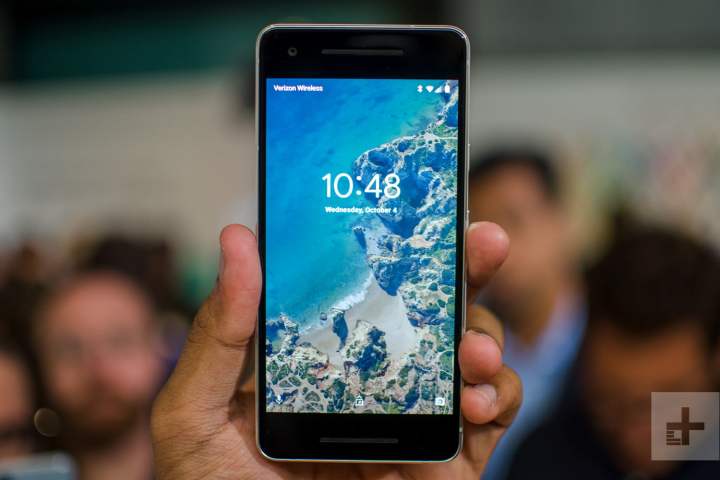
All of this brings us to the Google Pixel 2. By all accounts, it’s a great looking phone, but, like the iPhone 7, the Pixel 2 lacks a headphone jack. In order to use standard headphones, users will have to rely on Google’s dongle adapter. One of these dongles is included with the Pixel 2, but should you need a second one, it could get expensive. Google originally priced the dongle at $20. This apparently frustrated a lot of people and, in response, Trusted Reviews has reported that Google lowered the price of the adapter to $9.
Regardless of the price of the adapter, Google’s decision to kill the standard headphone jack is becoming something of a pattern among smartphone makers. Some manufacturers, such as OnePlus and Samsung, are resisting this trend, but don’t be too surprised if the the Samsung Galaxy 9 doesn’t sport a headphone jack.
The points in favor of keeping the headphone jack are obviously a matter of affordability and convenience. Nearly everyone has a pair of 3.5mm headphones, and if you lose a pair, it’s is easy and affordable to find a replacement. You can pick up a decent pair of
The benefits of losing the headphone jack are less clear, but they are there. A major factor has to do with the trend towards smaller and thinner phones. In order to make phones thinner and thinner, manufacturers have to remove components where they can, and headphone jacks are one of the first casualties of this design philosophy. Another major reason, especially for Apple, was to push its vision of the future of audio technology.
Editors' Recommendations
- 5 smartwatches you should buy instead of the Google Pixel Watch 2
- This one Apple Fitness feature completely changed how I exercise
- Nomad’s new iPhone case and Apple Watch band may be its coolest yet
- 5 phones you should buy instead of the iPhone 15
- iPhone 16: news, rumored price, release date, and more
